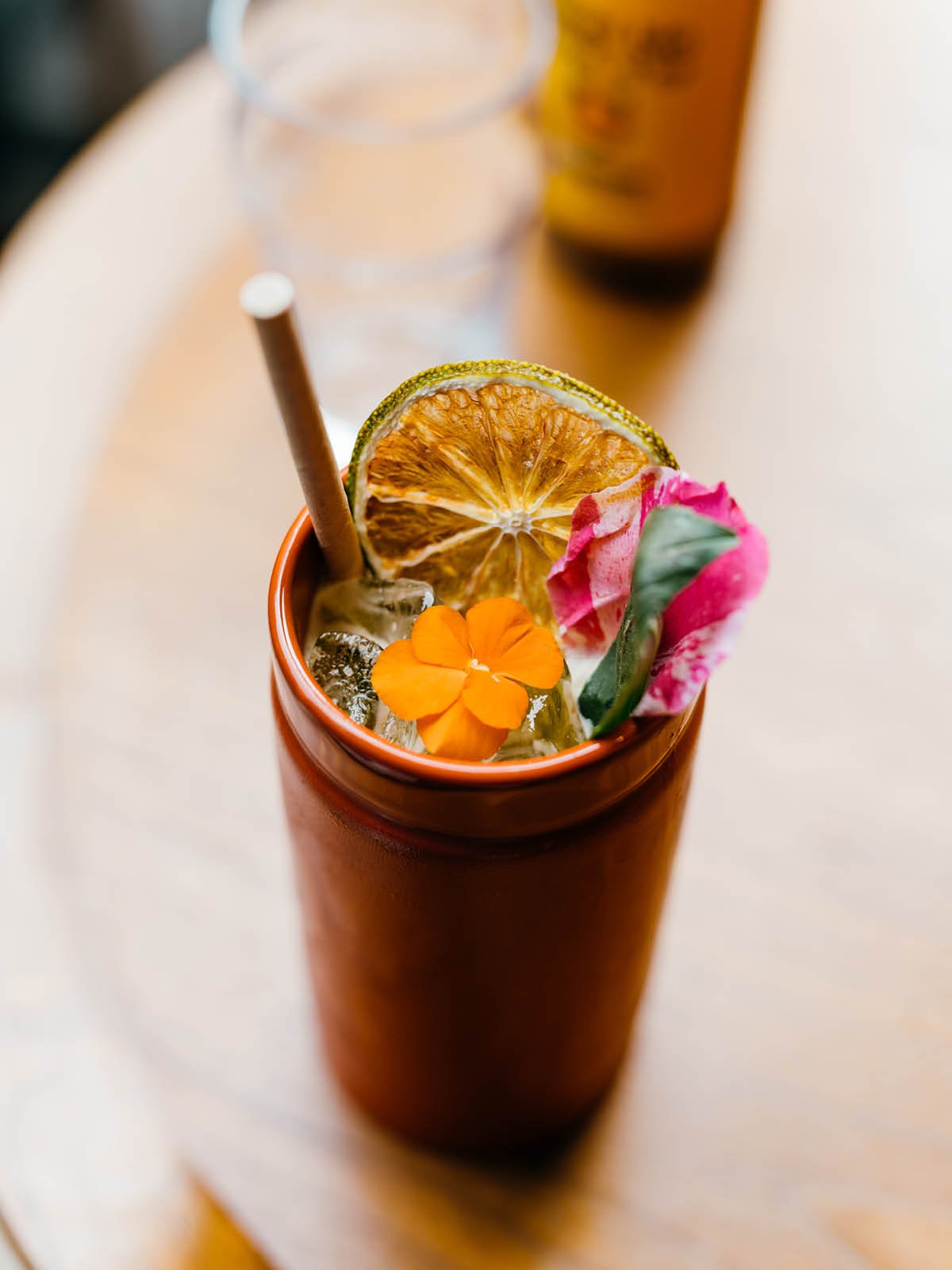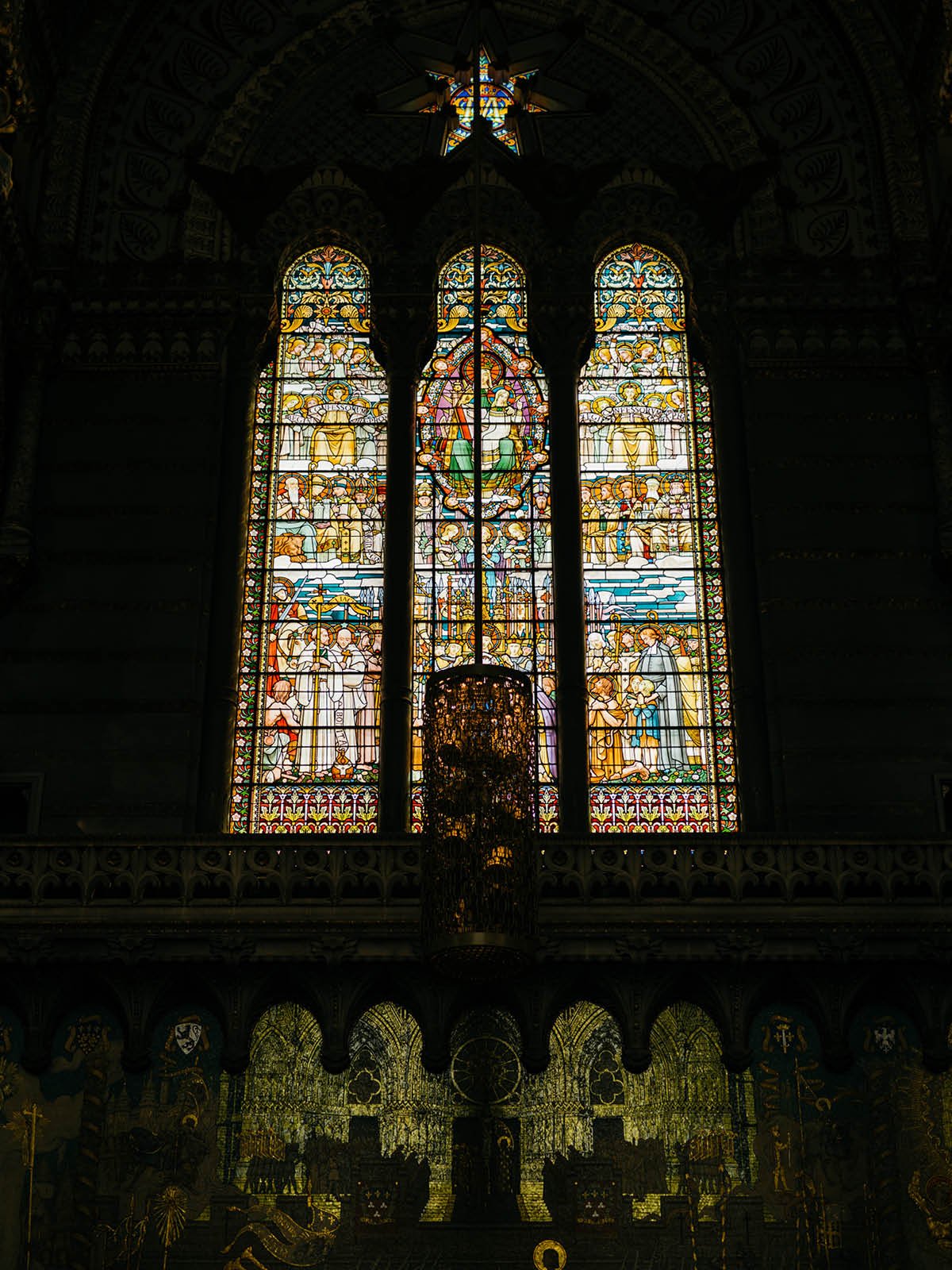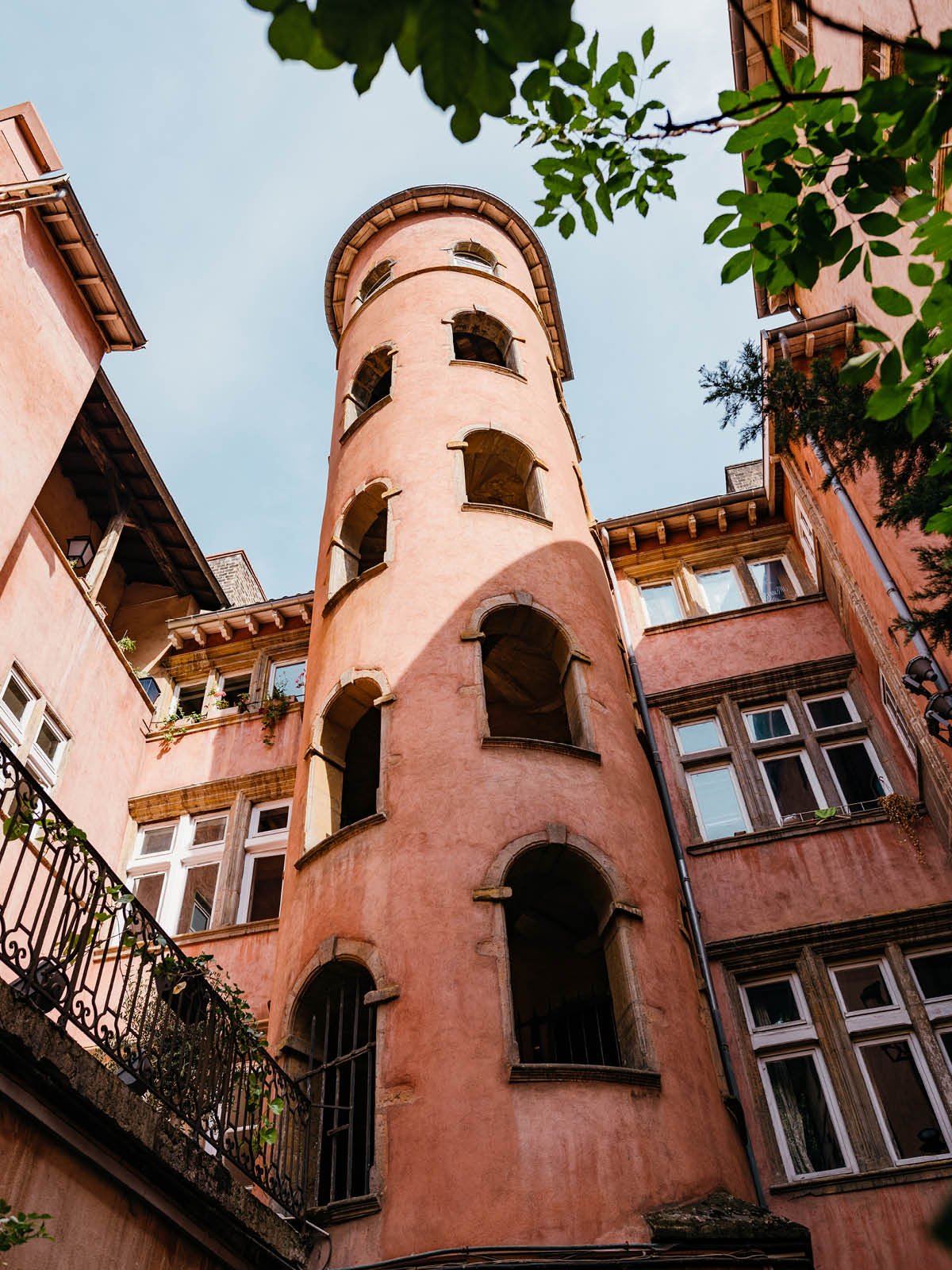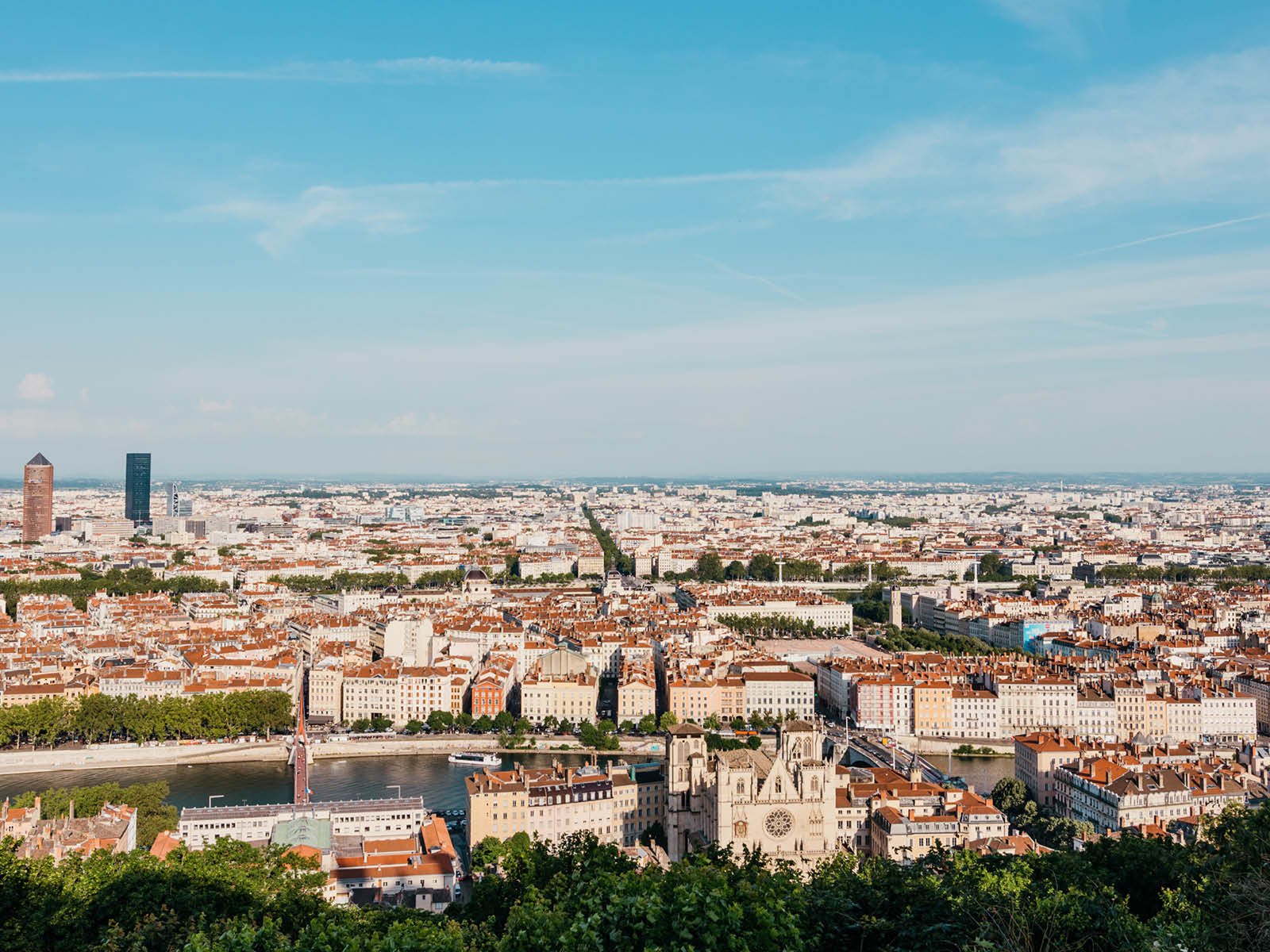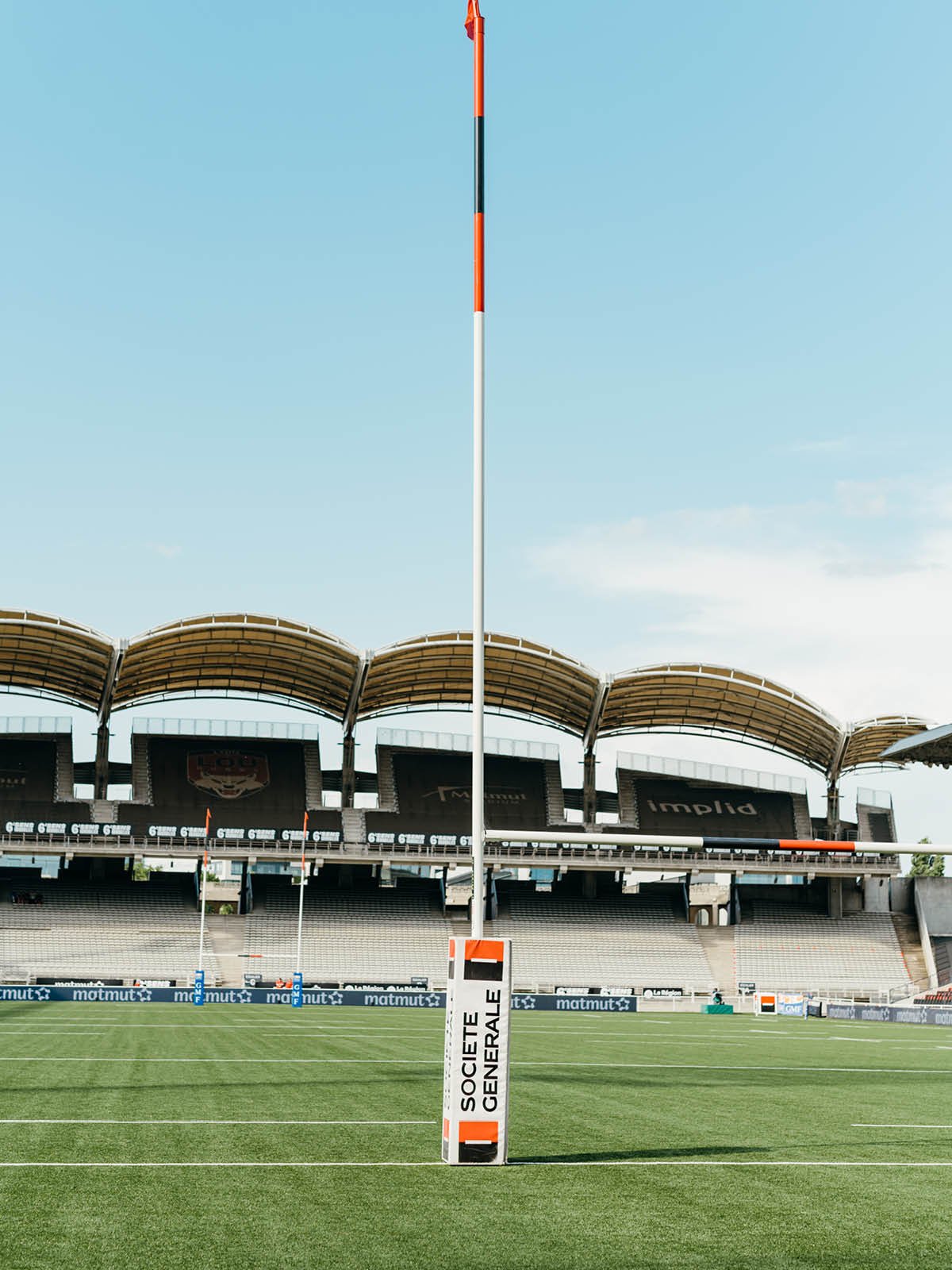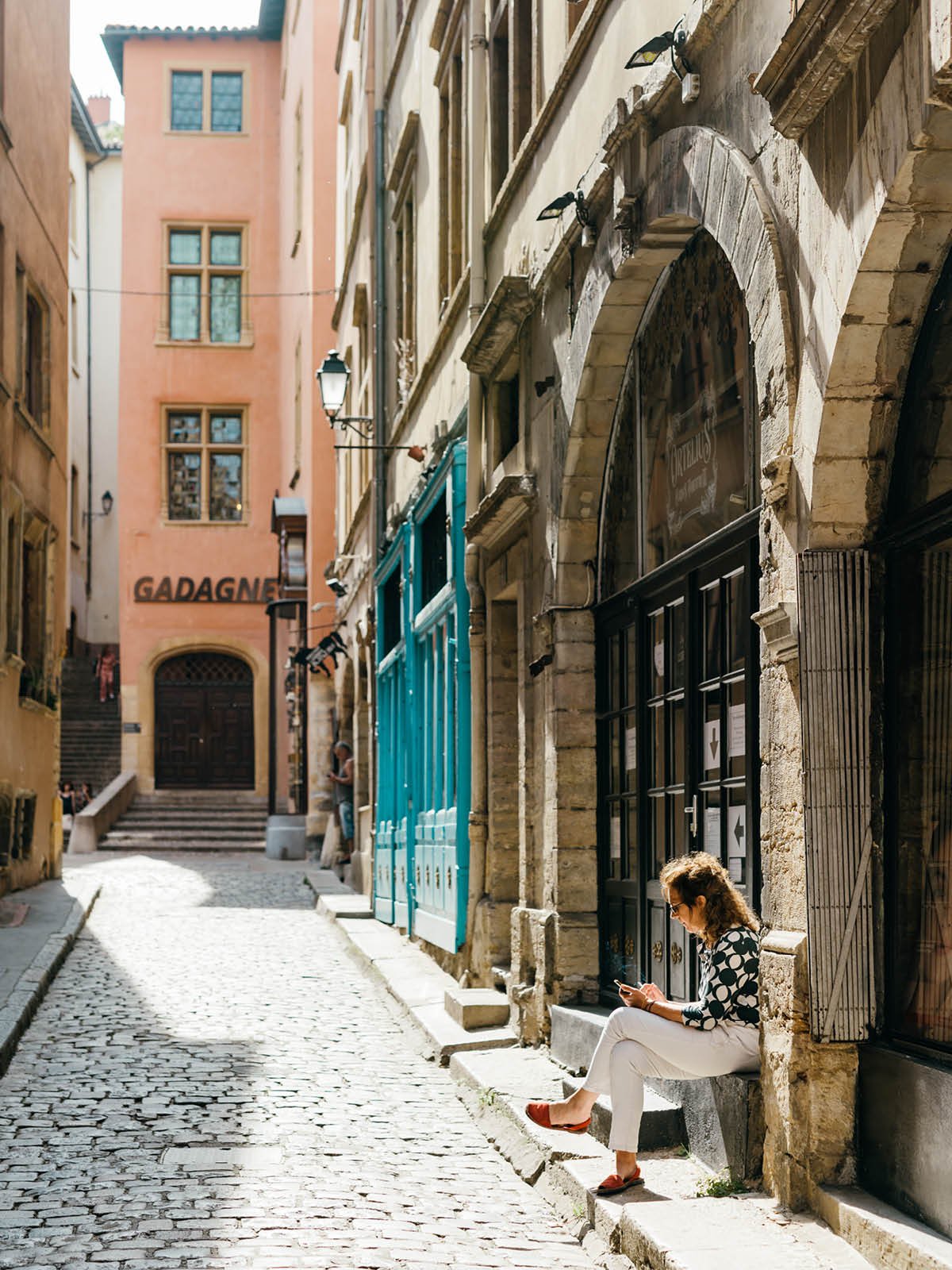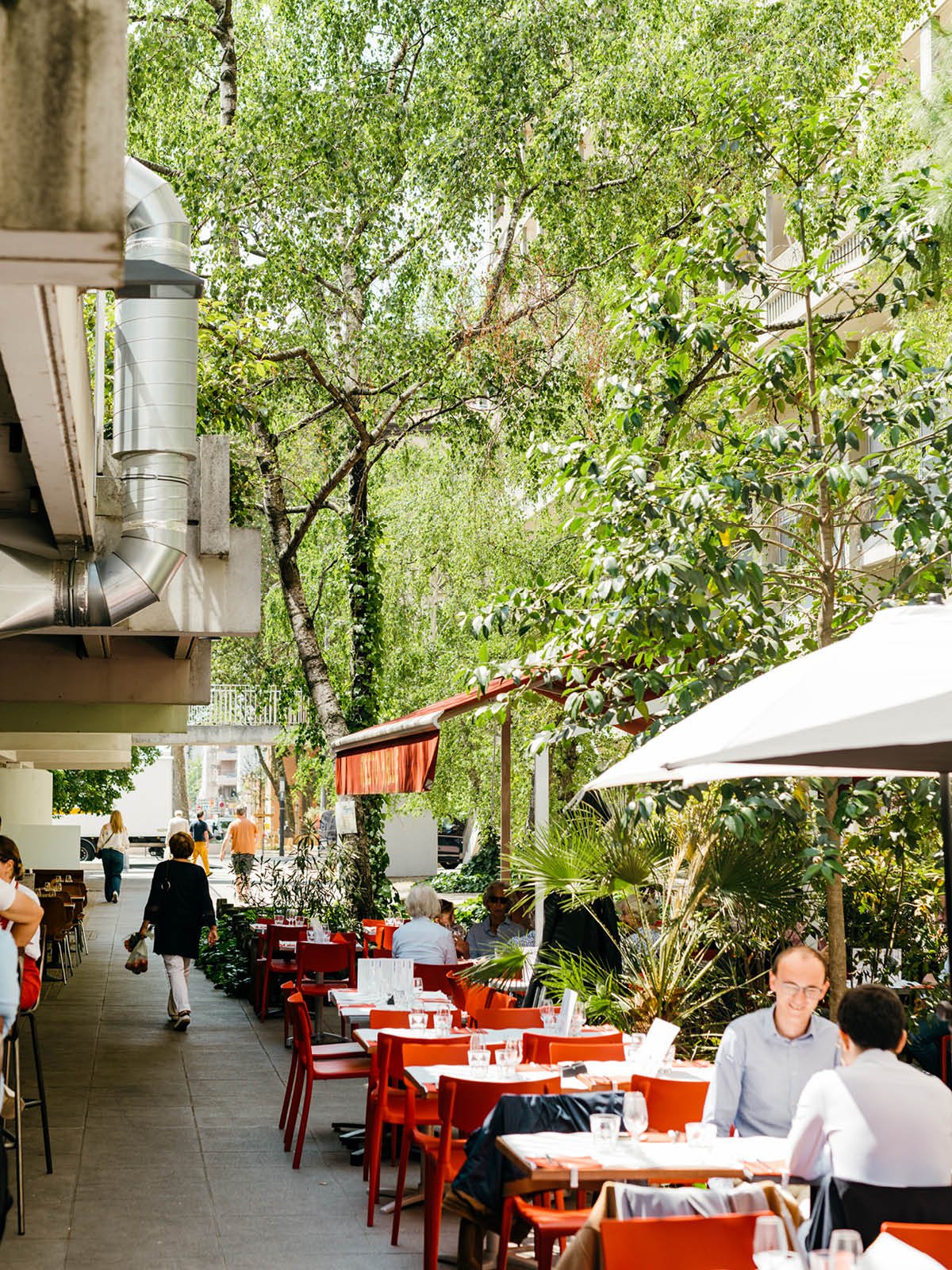Rugby Travel guide to Lyon
The gastronomic capital of France may not be a traditional rugby heartland, but it has an awful lot to shout about. At the confluence of the Rhône and the Saône, a UNESCO World Heritage old town meets avant-garde architecture, as well as a rugby club rekindling its past success. With art, culture and cuisine, this might just be the best place you’ve never been to for rugby. Here is what to expect as a visiting fan.
What’s Lyon like?
In France’s second city - as the locals will assure you it is - history and modernity combine seamlessly. From the Roman and Renaissance past, through to pioneers such as the Lumière brothers and Paul Bocuse, the city is tied together, in the intimate traditional bouchons around every corner, by its culinary soul. Located 45 minutes south of the wine region of Beaujolais, Lyon is the centre for culture and cuisine.
What are the claims to fame of Lyon?
Lyon is the third largest city in France and one of the most historic, the Roman military colony of Lugdunum having been founded on Fourvière Hill in 43 BC. The city eventually became the Roman capital of the Gauls and has been a popular spot ever since; for the Romans the rivers and the Rhône valley made it a nexus for commerce, while today the two hours to Paris by TGV and the comfortable driving distance to the French Alps for a holiday ensure it popularity.
Globally, legendary chef Paul Bocuse is undoubtedly Lyon’s most famous face. Known as the ‘Pope’ of French cuisine, he popularised the influential nouvelle cuisine movement and helped to transport French cuisine around the world.
How do I get to Lyon?
The easiest routes for rugby fans will be by plane or train. Flying into Lyon is reasonable, ranging anywhere from £50 to £130 for an outbound flight from London, depending on your day of travel.
By train, London to Lyon takes just under five hours. Hop on the Eurostar (from St Pancras International) either to Paris or Lille and taking a connecting TGV will get you straight there. Tickets for October time cost in the region of £130 for an outbound journey.
If you prefer to travel by road then you can take a FlixBus from Victoria Coach Station, the journey costing around £45 in late September/early October. However, this route does take around 16 hours.
Driving is another option, but that is likely to be the most expensive, around the £200 mark, not to mention the 10-hour plus journey time.
What do I have to see in Lyon?
Vieux Lyon, the renaissance old town, is the most beautiful part of the city. Just across the river from the famous Place Bell’a’cour, it is bursting with colour and character. Take in the charms of the three old town districts, Saint-Paul, Saint-Jean and Saint-Georges (unfortunately there’s no Saint-Ringo) before taking the funicular up to Fourvière Hill. There awaits remains of the Roman city centre, the 19th century Basilica that towers over the city and a panoramic view of the sprawling peach-roofed city.
Do they play rugby in Lyon?
Lou Rugby, the city’s premier rugby club, is a rising light of the French rugby scene. They finished 3rd in the Top 14 regular season, eventually losing to Bordeaux in the quarter-final, but have been on an upwards trajectory over the past seven years, from second division rugby to winning the Challenge Cup last season. Now, they are hoping to get their hands on the Bouclier de Brennus. When we spoke to Yann Roubert, president of Lou Rugby, he had this to say: “The potential here is huge. You will often think about Toulouse in the southwest of France when you think about rugby, but if you look around Lyon, we’ve got about a hundred clubs and sixty thousand players, which shows the passion and the players are already here.”
How do I get to the stadium?
There are two stadiums in Lyon used for rugby. The first is the Matmut Stadium de Garland, the home of Lou Rugby since 2017, that has undergone a significant facelift in recent years. The building is the work of forerunner of 20th century French architect Tony Garnier, the Colosseum-like design retro-fit with modern glass and artificial turf, and as such is a rather unique setting for rugby.
Located toward the south of the city of Lyon, the stadium is easiest reached with Metro line B. This line connects the stadium (stop Stade de Gerland) with Lyon’s other main railway station, Gare de la Part-Dieu, and meets with line D at Saxe-Gambetta, which in turn connects with the old city centre.
However, the Stade de Gerland has a 35,000 capacity, so with the growing popularity of rugby in Lyon, Lou Rugby have also played games at the larger OL Stadium (Groupama Stadium), the home of the football side Olympique Lyonnais.
To the east of Lyon, the OL Stadium is around 12 kilometres from the centre but is easily accessible.
The best way is by Metro A Line to Vaulx en Velin la Soie or Metro A Line to Saxe Gambetta then Metro B Line to Gare Part-Dieu.
Alternatively, take Metro B Line from Place Bell’a’cour or Tram T1 from Confluence to Gare de la Part-Dieu. From there you can pick up tram T3, and if you alight at Decines Grand Large then it’s just a ten-minute walk to the stadium from there. On matchdays, there will be shuttles to the stadium. The journey takes about 40-50 minutes.
Where do you drink before a match in Lyon?
There are plenty of options for eating and drinking in the city centre - you can go to the Baràgones, a ‘society bar’ designed to meet and forge links, or the Wallace Bar and its huge selection of whiskies, draught and canned craft beers and wine. TechNoir is another popular establishment that screen games and serve a range of beers and food.
What can I do between games in Lyon?
There are many ways to explore Lyon in a creative way. Embark on a gourmet itinerary thanks to the multitude of Food Tours on offer, tasting iconic products, local food, and Lyonnais specialties. Discover Lyon from another point of view by stepping on board one of the many excursion boats and navigate the waters of the Rhône and the Saône. Or breathe in the city with a guided electric bike tour through the main districts, parks, and rivers.
What’s the food like in Lyon?
Food is at the centre of Lyonnais life – in fact, there are more restaurants per head in this picturesque city, with more than 4,000 to choose from. Its geography means the cuisine combines delights from across the country, linking the meat and dairy from the north with the vegetables and the wine from the south. It’s because of Lyon’s Renaissance history, where the food eaten by the bourgeoise and common folk were strictly separated, that the culinary tradition focused on offals and innards developed, which can still be seen on the menus of the traditional bouchons today.
What are the best places to eat in Lyon?
Home to 20 Michelin-starred restaurants, you are spoiled for choice in Lyon. Auberge du Pont de Collonges is the two-star flagship of the city, the former restaurant of Paul Bocuse, where you will experience French perfection, as you will at Mère Brazier. If you want the same quality but with a change of tone then Takao Takano, with
Japanese influences, will be the place for you. If you are looking for views then Têtedoie on Fourvière Hill will meet your needs, the gastronomic restaurant and separate bistro providing options fit for all.
However, if you want a truly authentic Lyonnais experience, then you have to eat in one of the city’s many red-check tableclothed bouchon. Here you will eat the real local specialities, mainly pork and innards, as well as the traditional pike-flavoured quenelle, a savoury baked dumpling dish. Accompanied by the best Beaujolais red by the jug, you can’t go wrong at places such as Bouchon Les Lyonnais or La Munière.
Alternatively, if you’re looking for an array of treats then Les Halles de Lyon Paul Bocuse can provide you with everything, from saucisson of all kinds to Saint-Marcellin cheese to the sweetness of the Tarte aux Pralines.
What are the best places to stay in Lyon?
Step back in time in the Old Lyon district with a stay at the Collège Hôtel. Re-live more than two thousand years of history at the Fourvière Hôtel, an ancient convent built buy Bossan in 1854 situated on the historic hillside. If you want to feel the heartbeat of the city between the Rhône and the Saône the charming Globe et Cecil Hôtel packed with elegant and tasteful guest rooms is the ideal place. A taste of modernity? Enjoy the creative rooms of the Mob Hôtel Lyon in the Confluence district where contemporary architecture embodies the city of the future.
What is close to Lyon?
The famous wine region of Beaujolais is just a 45-minute drive from the city centre of Lyon. Famous for its light and intensely red wines produced from the gamay grape, its rolling hills and the villages dotted in between offer a glorious respite from the city. For those who want to earn their French stripes and return home with a more educated palate, a visit to Château de Pizay and its stunning gardens for a sensory tasting experience is an absolute must.
Also, about 60 kilometres to the south-east, is Saint-Étienne, another World Cup host city. Italy will face Namibia, Argentina take on Samoa, and Australia tackle both Fiji and Portugal here during the group stages, so for any keen rugby fans looking for a game or to just to experience a different vibe, Saint-Étienne is reachable in an hour by TGV.
Are there any campsites in or around Lyon?
There are several camping spots in the more rural areas surrounding the city. Camping de Lyon is the closest, to the northwest of the city, with 239 pitches and excellent facilities that include a heated pool, a bar with homemade pizza and petanque. Camping de l'Ecluse is 20 minutes from centre of the city, but is closer to the stadium than Camping de Lyon. You can walk, cycle and fish along the riverbank here with a sports ground and games room to keep you entertained. Finally, there is Camping des Barolles to the southeast of Lyon. It’s a smaller site with just 45 pitches but has all the features you’ll need.
How do I find out more about Lyon?
For more information on Lyon, visit lyon-france.com
For more information on Vallée de la Gastronomie, visit valleedelagastronomie.com





